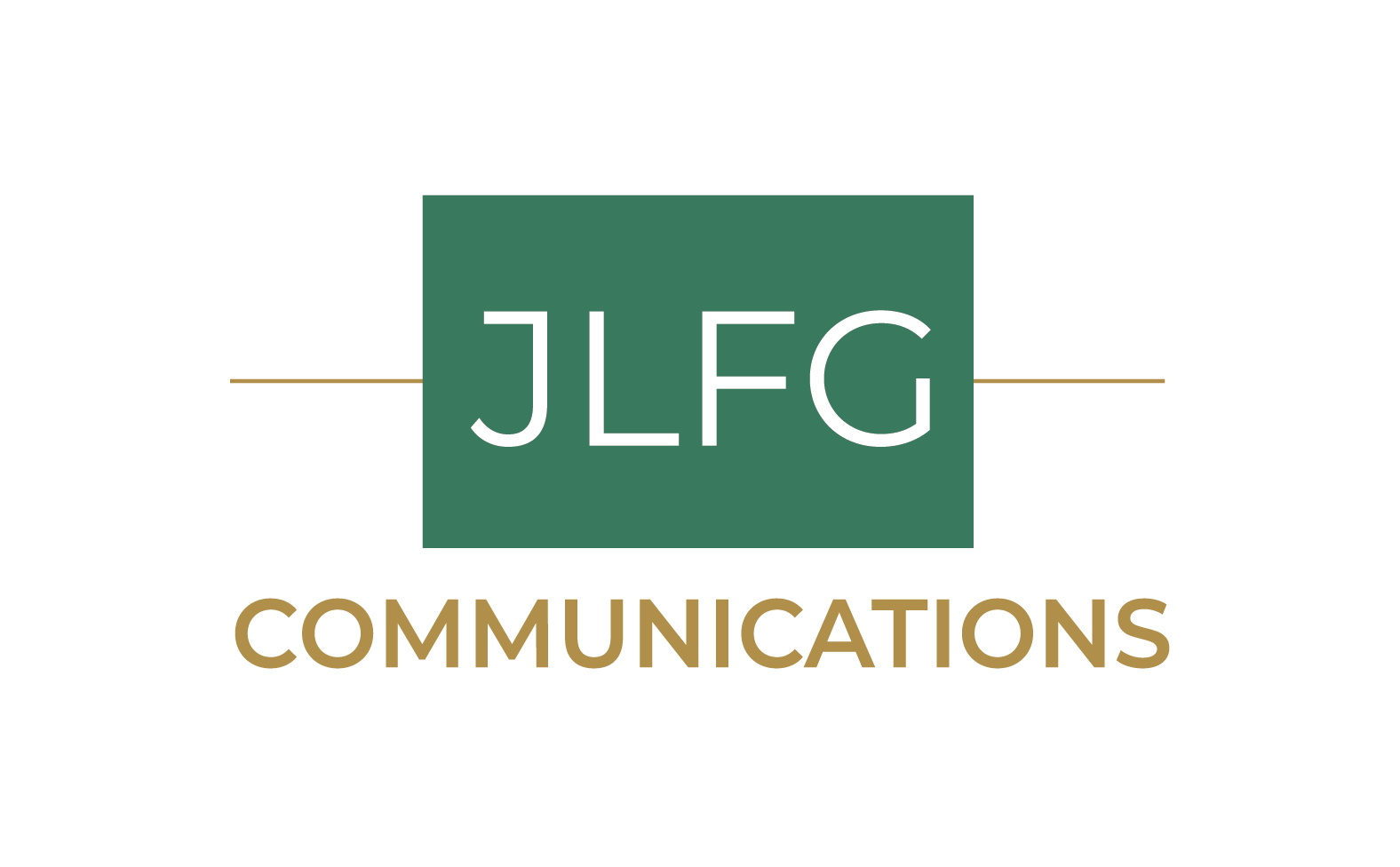Salmon, Indigenous People, and My Work
The first dead fish I saw on the river bank alarmed me. Then, I looked more closely at the many dead fish strewn along the shore and at the movement in the water. Pairs of pink salmon, facing upstream into the current, were flicking their tails. I had happened across a prime viewing area to see salmon spawning, and I had it all to myself.
Once a month, I take a nature immersion day.
I began this practice in April 2023 with a 3-day trip to the Olympic Peninsula. That trip was fantastic, and I wrote an article about it. It’s a 3-hour drive from home, though. Longer with traffic.
Committing to a regular nature immersion practice is more doable if I scale it back. There are many places within 20 miles of me where I can find natural spaces to reflect and contemplate my life.
A shorter monthly trip can be more beneficial than a multi-day trip once or twice a year. And I can do both if I want.
That approach can apply to companies aiming to become more environmentally responsible. Annual celebrations or cleanup days can energize people, but the feeling fades. More minor actions that happen every month or, better yet, every day keep progress moving.
My nature immersion day this month coincided with Indigenous Peoples’ Day on October 9th. It wasn’t an accident. It was the right time to take a break for two reasons:
On Friday, October 6th, I submitted the manuscript for my upcoming book to my publisher. That’s a milestone worth celebrating with some time away from the computer.
I want to be more thoughtful about considering the experiences of Indigenous people. As I wrote in an article in September, “Indigenous knowledge has a lot to teach us if we listen. If we replenish the land and don’t take more than our share, it will sustain us for generations.”
I decided to spend time on the ancient lands of the Snoqualmie Tribe. In truth, I can do that without leaving my house. Long before the cities of east King County, Washington, existed, Snoqualmie people lived here.
For my nature immersion experience, I wanted to go somewhere I could look around me and see no signs of human presence. I drove east into the Snoqualmie Valley, parked in a gravel lot, and walked to the river.
That’s where I spent an hour watching the salmon spawning. The river was so shallow that I could have waded in. It looked like it could be possible to catch a fish by hand. I imagine the Snoqualmie people did that centuries ago when salmon were much more plentiful. Instead, I stood on the rocky shore and observed.
It was fascinating watching this part of the salmon lifecycle. The fish spawn and then die. Their offspring hatch, make their way to salt water in Puget Sound and return to the same spot in the river two years later to continue the cycle.
The pink salmon arrive at Chinook Bend in the Snoqualmie River every other October in odd-numbered years. The much larger Chinook salmon also spawn there, but I didn’t see any.
Plaques on a trail leading to a pond near the river talked about the history of the area. Restoration efforts support native plants and animals. The restoration was needed because the region used to be a cattle ranch owned by the Nestle Corporation. Nestle donated the land to King County.
One of the signs featured an early-20th-century image of an ad for Carnation Milk. I knew the area was near Carnation, Washington, but had never associated the town’s name with Nestle.
Does Nestle’s support for restoration make up for its operations that degraded the land in the first place? My gut reaction is no.
I still associate Nestle with the powdered baby formula scandal from the 1970s. They sold mothers in third-world countries a product these women didn’t need and couldn’t afford. The women diluted the powder to make the supply last longer, sometimes with contaminated water. As a result, babies died of malnutrition and other illnesses that could have been prevented had the mothers continued breastfeeding their infants.
All that said, I appreciate it when companies act to undo past harms. The people who work at Nestle today are not personally responsible for the company’s actions from half a century or more ago. Still, corporate greed has destroyed habitats worldwide. It continues to harm humans and other species.
In addition to contemplating the life cycle of salmon on that October day, I contemplated my work. How can I be a force for good? Can I celebrate companies that are making strides toward environmental sustainability even though they are falling far short? Which clients should I take on, and which should I decline to work with?
Spending time in nature is one way for those of us who live in urban areas to better understand and appreciate the natural world and our place in it. And that includes the impact of our work. I don’t have any immediate answers, but I have a renewed commitment to discover the right path for me and my business.


